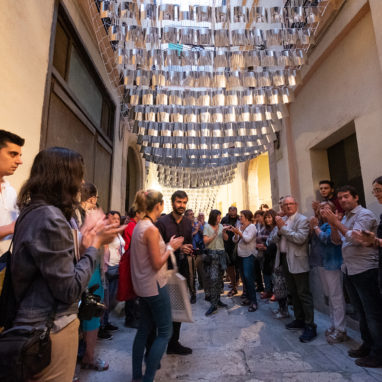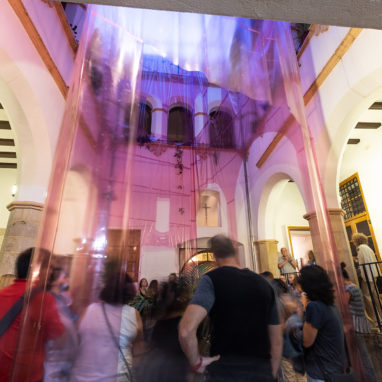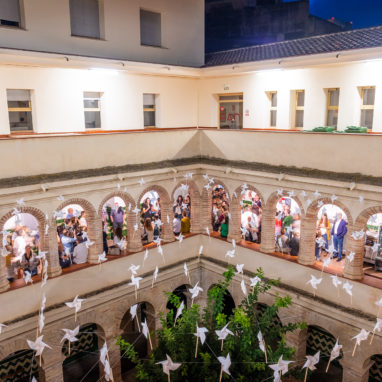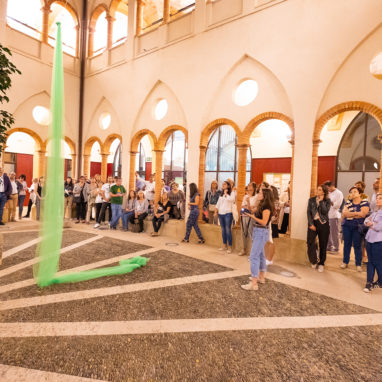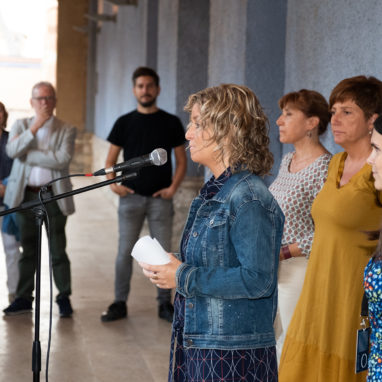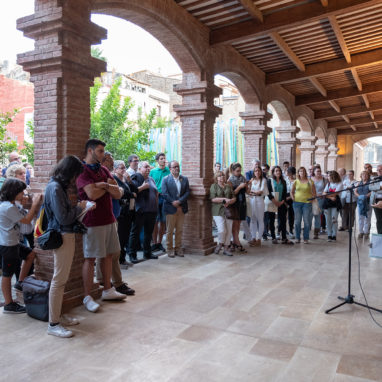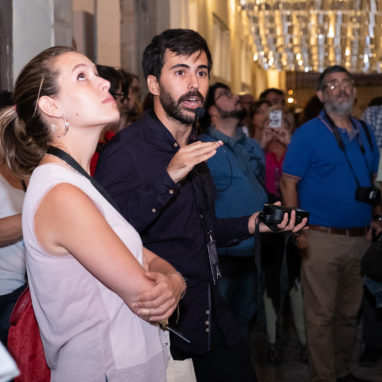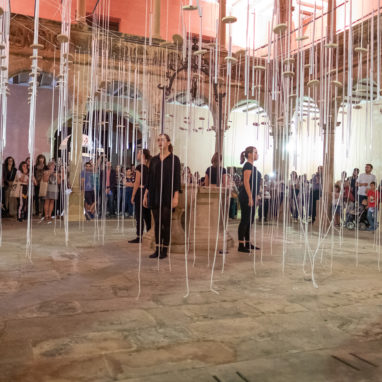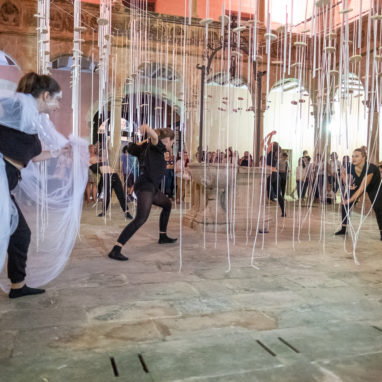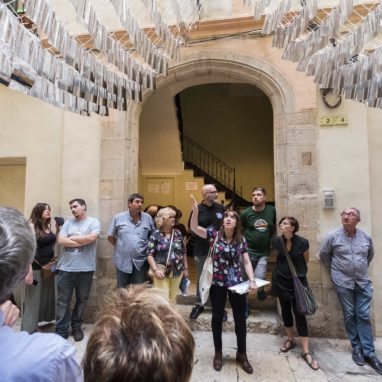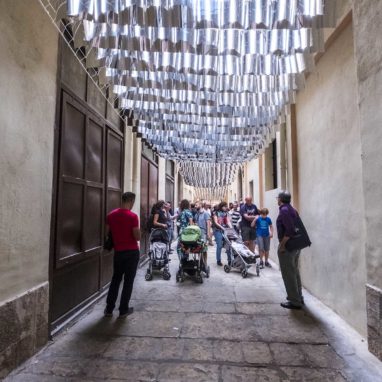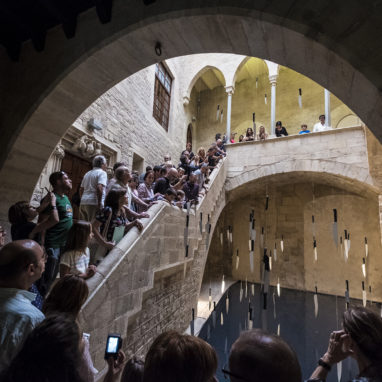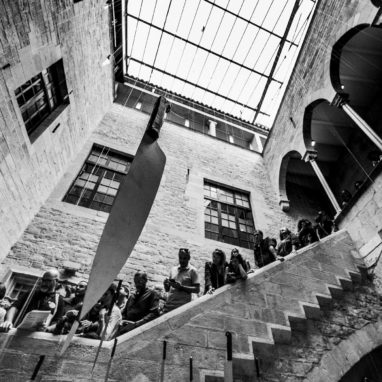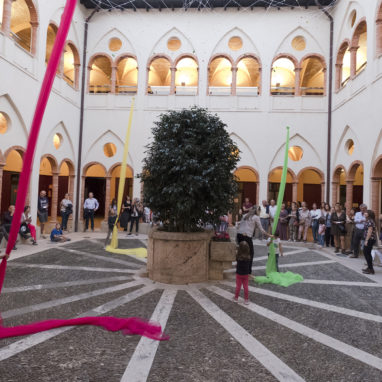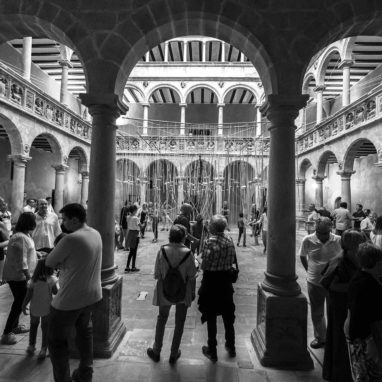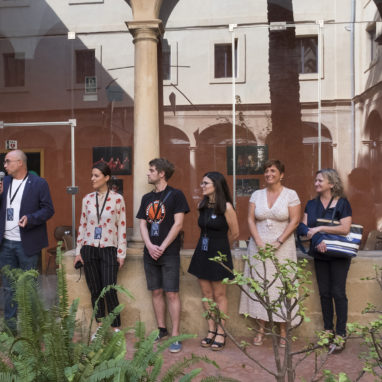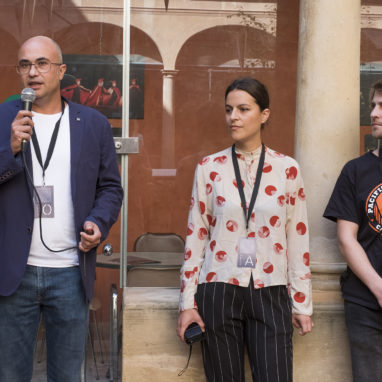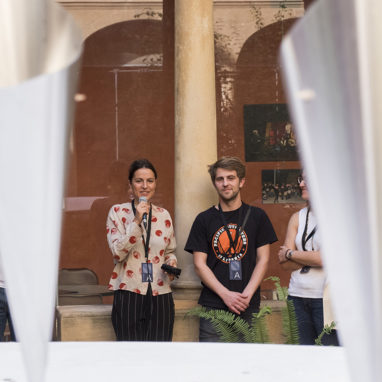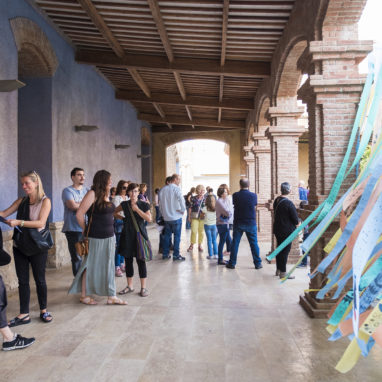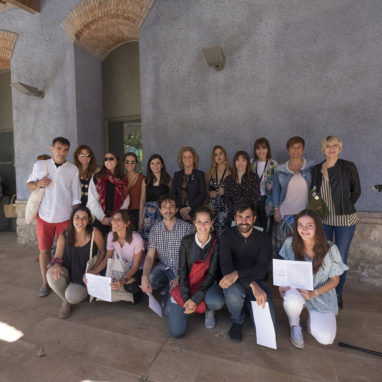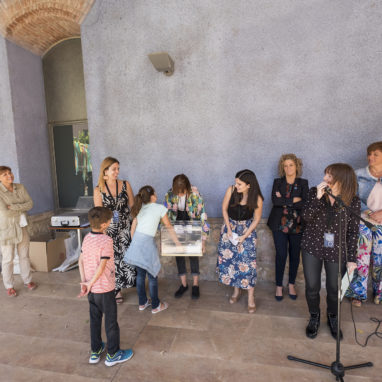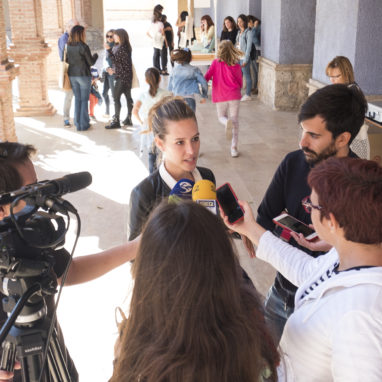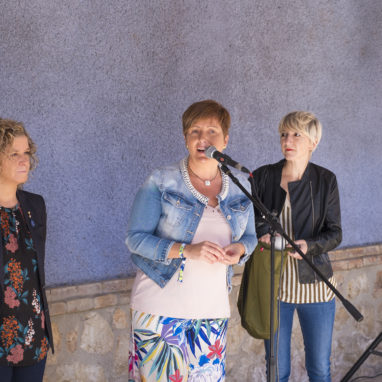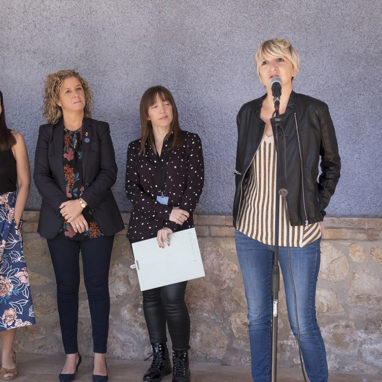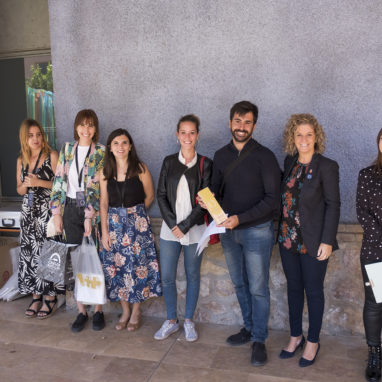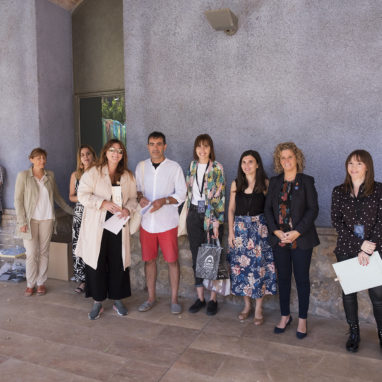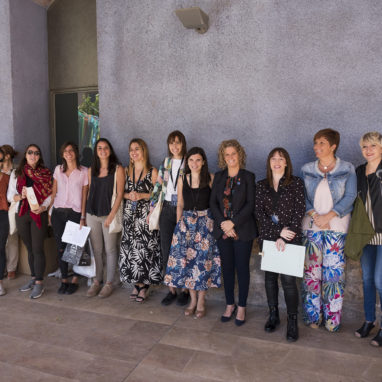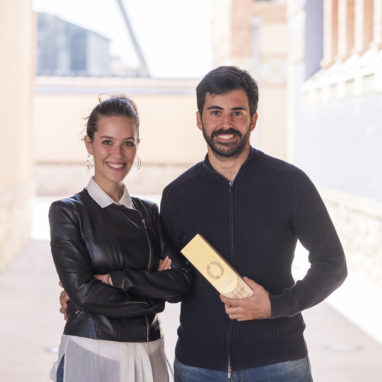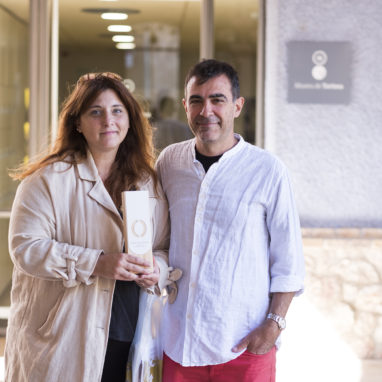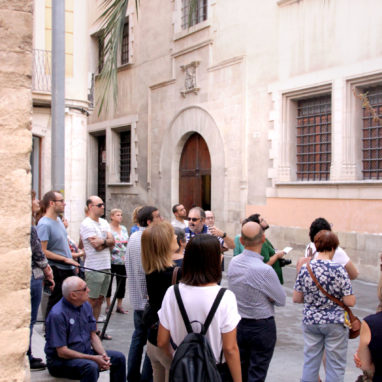The theme of the edition was: Movement.
Simple, uniform, variable, accelerated, composed, of rotation, of translation, delayed… But also, continuous, direct, wavelike, radial… and even natural, direct, belonging to oneself or true. Movement is a concept that is defined by the interaction between a body and the place, between the what and the where, between the content and the container.
Movement requires a body – or an element or object – because this is what brings about the change of position. It also needs a place because this is what sets the coordinates that define and make explicit what this change in position has been.
A plane flies between different cities or territories as it changes its position, but it needs the definition of that territory in order to be able to specify what its new location is.
A paintbrush bathed in paint moves across a space and modifies its initial position but until it meets the canvas or any other surface its path or intention is neither manifest nor decided.
1 [Common Lexicon] [Geology] Action by which a body, or some of its parts, change place or position.
2 [General Physics] In a material system, a variation of an object’s position over a period of time with reference to its base position.
6 [Common Lexicon] An alteration in someone’s way of being, a first show of affection, a feeling, etc.
Source: Institut d’Estudis Catalans, Diccionari de la llengua catalana
1 The action and effect of moving.
2 The state of bodies while they change place or position.
3 Alteration, worry or disturbance.
7 A set of alterations over a period of time in some area of human activity.
Source: Real Academia Española, Diccionario de la lengua española










